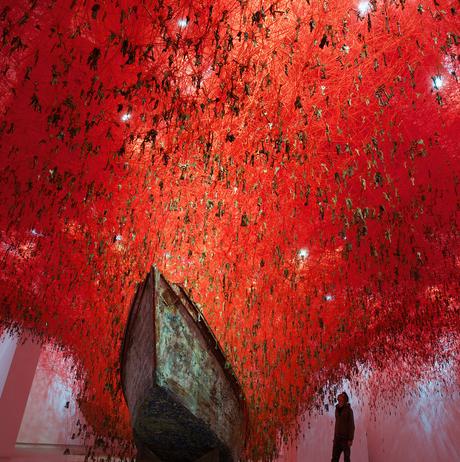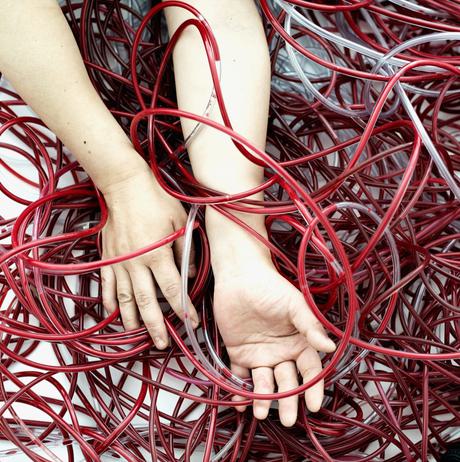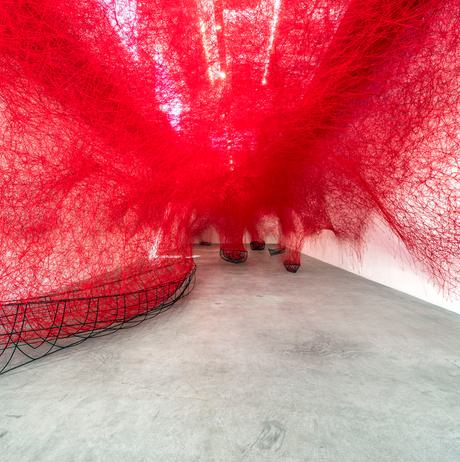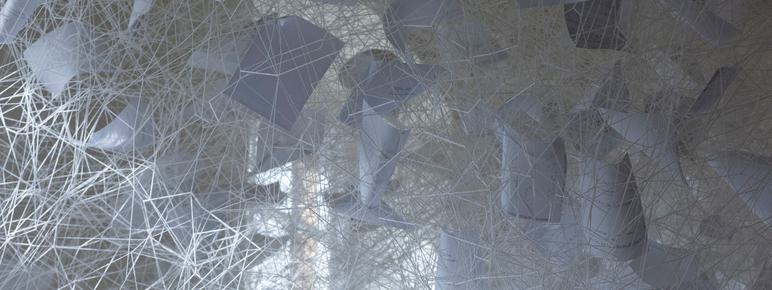
About Chiharu Shiota: Beyond Time
With this installation she succeeds in connecting us to the spirit of the place, those who have occupied and may yet dwell in it; beyond time
- Veronica Simpson, Studio International
Acclaimed installation and performance artist Chiharu Shiota has created an awe-inspiring, site-specific installation of thread within the beautiful 18th-century Chapel.
Shiota is known for large-scale works such as The Key In The Hand (2015), an elaborate entanglement of red thread and keys, which she made when selected to represent Japan at the 56th International Art Exhibition – La Biennale di Venezia. Shiota’s work for YSP responds to and activates the unique architecture and heritage of the Chapel. Exemplary of her work’s resonance with memory and human relationships through the use of objects, the installation has interlaced the physical with conceptual to create a new visual plane – as if painting in mid-air.
Embracing all who enter within an extraordinary experience, Shiota’s project references the Chapel’s rich history and years of human presence, dating back to 1744, making poignant allusion to the bells that were rung, the songs that were sung, and the lives that revolved around it, from cradle to grave.
Simultaneously weightless and all-consuming, the mass of spritely string teases out this paradox of human memory.
- The Spaces
You might also like
- Art Outdoors
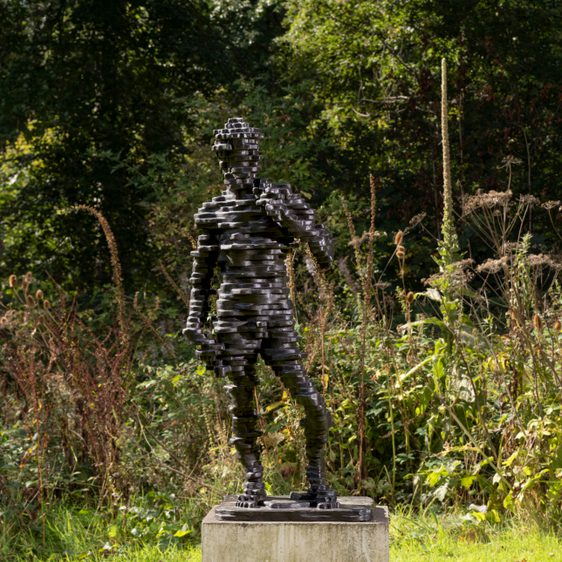
Matthew Darbyshire: Untitled (David)
With Untitled (David), Matthew Darbyshire combines the traditional sculpture techniques of carving and casting with 3D digital processes. - Profile

Sue Stuart-Smith
- Art Outdoors

Henry Moore: Upright Motives No. 1 (Glenkiln Cross): No 2; No 7
Moore created twelve Upright Motives in the mid 1950s. In their powerful symbolism these pieces owe much to the tall, upright stones, known as menhirs, from prehistoric times. Moore brought all these influences together to create forms which are unmistakably his own. - Profile
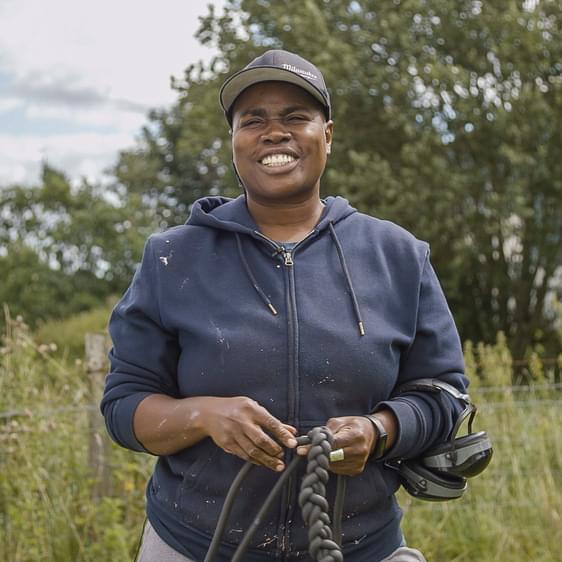
Leilah Babirye
Visiting Artist
